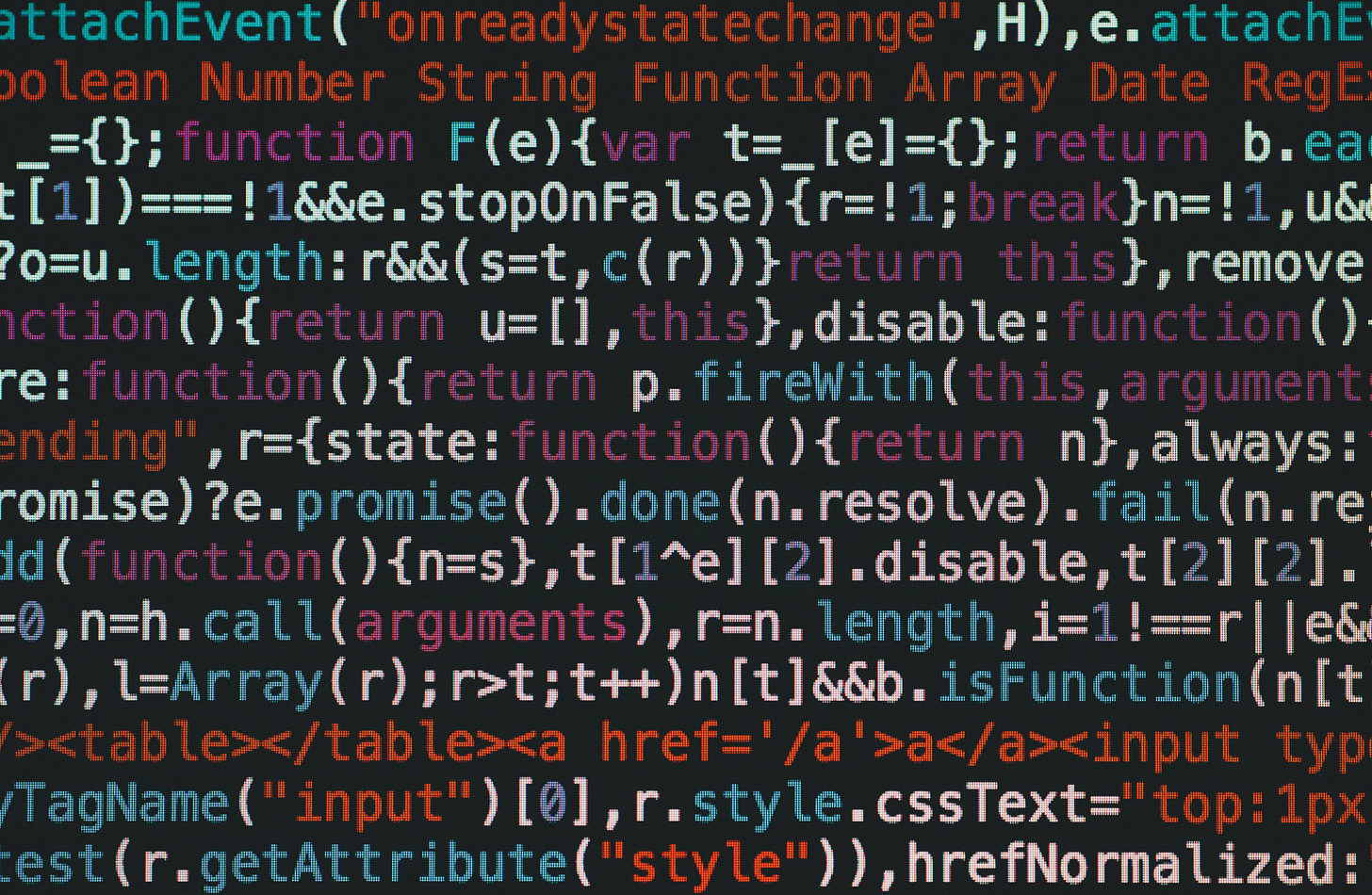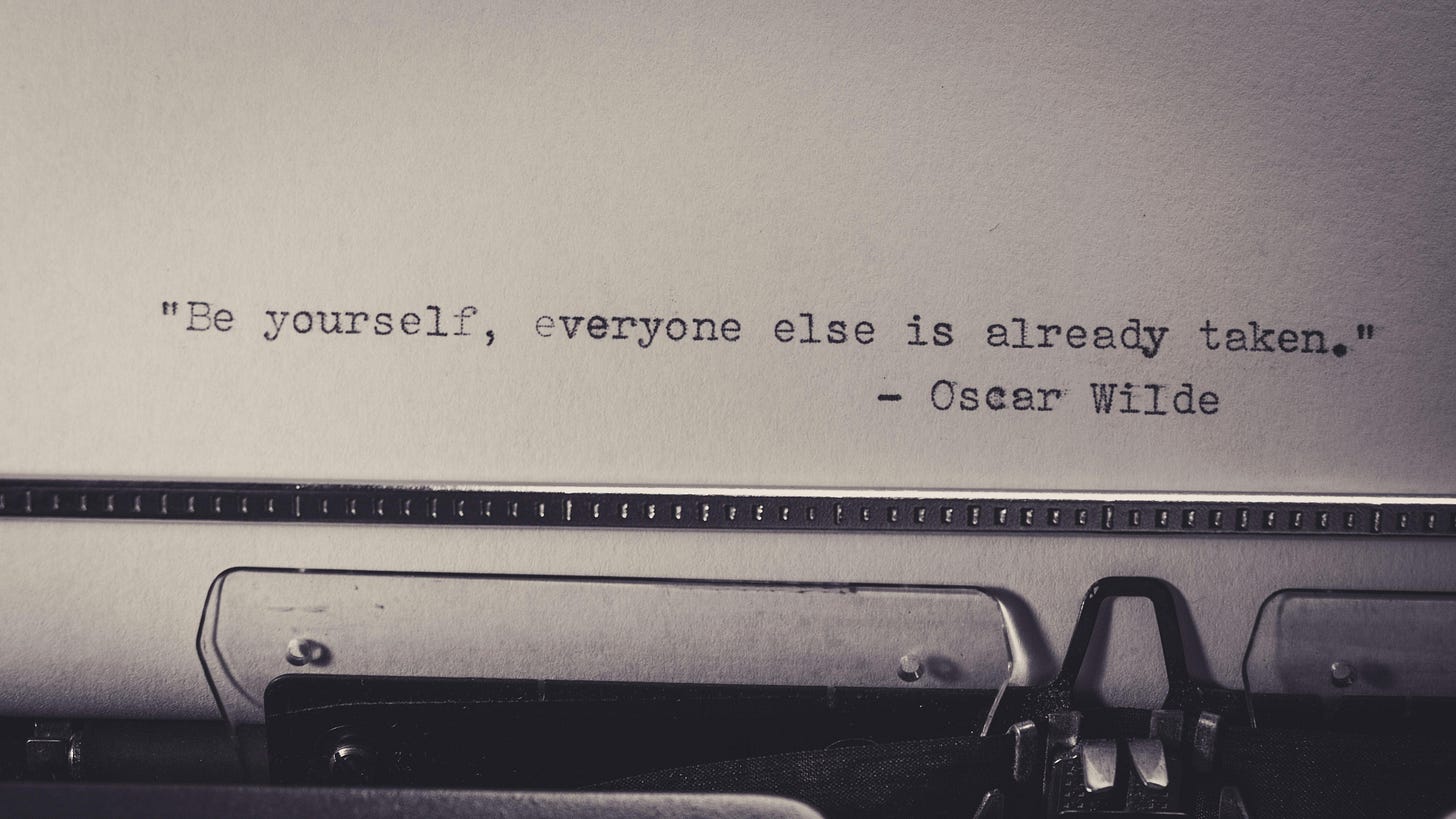From Moats to Fish Ladders
Exploring the ethics of AI generated content and a path forward for creators
I have a dilemma.
My product could use some graphical flair.
I'm wrestling with whether I should use a tool like Midjourney. It's a question of ethics and morality. To be honest, I haven't developed a strong personal "code of conduct" in this new frontier.
I'm torn.
A part of me thinks the cat's out of the bag. These tools are out there and you either get on board or get left behind. It's pragmatic, but not ethical. I want my conduct to be aligned with my personal beliefs and values.
Software Development
I'm a software developer by trade.
Does it bother me that AI systems are generating code on the back of previously written code?
Not really.
The software community was built on open source principles.1 If early software developers had pushed for intellectual property protections the world would be unrecognizable. The internet wouldn't function without open source software. There's no doubt my feelings about creation are influenced by the folks that laid the groundwork for the profession.
Does it bother me that these tools were trained on copyrighted material?
Not really.
After all, I was trained on copyrighted material. I'm allowed to use what I've learned to create new things. Like it or not, imitation is vital to the creative process. Obviously, the scope of training and the generation speed of AI systems dwarf my own. I wasn't trained on the entirety of human creative output.
We lack the vocabulary to describe this scenario.
I propose a new concept. The Estimated Time to Imitation (ETI)—the speed at which a work can be imitated.
This is the problem. ETIs are plummeting.
Fiction
From a writing perspective I'm in the same camp. LLMs by definition generate derivative works—watered down averages.
Let's imagine I wrote a fantasy series. If someone came along and started to sell their own fan fiction built off the universe? I'd be flattered. If they tried to convince people it was their own creation? I'd be annoyed. If their version became the canonical version? I'd be pissed.
Do my emotions matter?
Not really.
While ETIs regarding fiction have plummeted, it still takes time to read a book. Since imitation quality is low, consumers are careful with their choices. Visual art isn't so lucky, it's quickly consumed.
Non-Fiction
ETIs have the potential to be more damaging to non-fiction. We've already seen this happen to the marketing industry. But what about the realm of personal development? I've spent years developing my approach. An imitator stands to do a lot of damage.
I've already planned to open source some of my work. I've accepted there is potential for someone to come along and repackage it. If it's of any value, it's inevitable. You can't protect an idea.
Being first to market only starts the clock. That's all it ever did. After that it's a game of branding and community. Both of those are still in control of the creator. That's where my focus lies.
Digital Art
Visual artists must train their skills like any other creative profession. Physical art is protected for now, but the ETI of digital art has dropped to seconds. I can find a style I like, tell Midjourney to use it as influence, and generate images of whatever I want in that style immediately.
In the past, a commissioned piece of art would cost hundreds to thousands of dollars. Now there is an alternative that drops that into the dollars range (or less). It's understandable that artists see this as damaging to their profession. I don't blame them. Their ETI has shrunk the most. But is there some point at which an ETI is acceptable? It's subjective where the line should be drawn.
Imitation was always possible.
Fish Ladders
Businesses often talk about moats—a term used to describe a company's economic advantage. A creator's moats are time, quality, and style. Generative AI turned those moats into waterfalls.
Forget moats—creators need fish ladders.2
I think of problems as opportunities. In many cases a problem boils down to incentives. This is one such case. What incentive does an artist have to create when ETIs are so low?
It's easy to reframe problems as opportunities. The first step is to figure out the problem. In this case it's imitation. Then you just ask your self a different question. What opportunity does imitation present?
I don't have enough money to commission art for my project, but if there was a way I could license an artist's style, I would do it in a heartbeat. I would be willing to pay hundreds or thousands of dollars to do this. I'd gladly attribute the artist—I'd even share profits.
The model is no different than stock photography and unfortunately inherits the problem of attribution. It'd require changes to platforms to know whether a style was used as influence. There isn't a perfect solution to this problem, but it could be mitigated by making the process as seamless as possible.
A style marketplace flips the incentive by turning imitation into revenue. Artists could invest in their existing style or explore new ones. The problem changes from "why should I create" to "what else should I create." I'd wager this would be more profitable than selling individual works.
I see a path forward for creators in this new world. But does this give me permission to operate under the assumption that things will play out as I hope?
Not really.
Pledge
While I don't have the money to pay someone to create art for my project, I do have the desire. I can turn desire into reality by creating and satisfying a commitment.
I pledge to use a portion of the profits from this product to replace AI generated graphics with commissioned art or licensed imitations.
If my product doesn't make any money, the argument that I am taking money from artists loses its edge. If it's profitable, I'll put money back into the creative system.
It's not a perfect solution3 but it meets my litmus test for integrity. At least for now, it gives me a way through this mess.
There are a variety of open source licenses, but in general, open source means that code is available for anyone that wants to use it. Yes, that may include selling it outright.
A fish ladder is a structure that allows fish to swim up a body water they couldn't otherwise.
It does nothing to pay back artists used in the original generation.








I’ve never used Midjourney, or most other AI platforms.